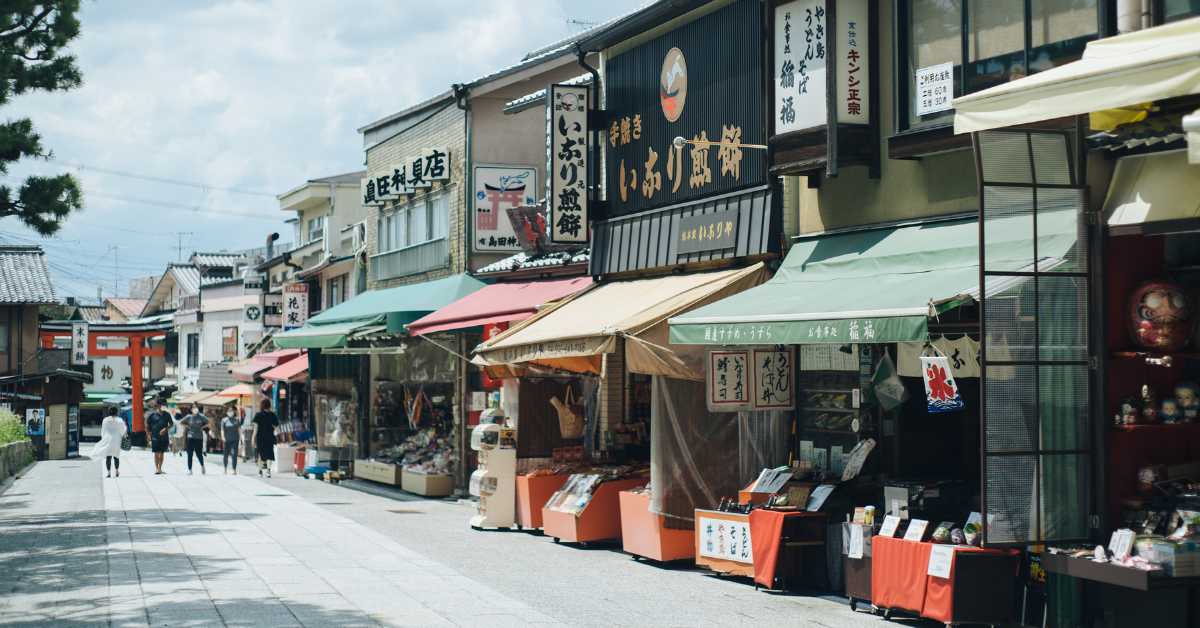In today’s dynamic retail environment, launching a new product can be both exhilarating and risky. Whether you’re an established brand or a startup, understanding market demand and consumer preferences is crucial before committing significant resources to a full-scale launch. This is where pop-up stores, also known as “flash retail,” offer an unparalleled advantage. Pop-up stores provide a low-risk, high-reward opportunity to test new products, gather valuable insights, and refine your strategies—all without the long-term commitment of a traditional brick-and-mortar store.
In this detailed blog, we’ll explore why pop-up stores are the ultimate testing ground for new products, offering actionable insights into how they can be leveraged for maximum impact.
1. Flexibility to Experiment with New Concepts
One of the primary benefits of pop-up stores is the flexibility they offer. Unlike permanent retail spaces, pop-ups allow you to experiment with new products, pricing strategies, and branding identities without the heavy financial burden of long-term leases. This flexibility enables you to:
- Test New Product Lines: Introduce a new product line and gauge customer interest before rolling it out on a larger scale.
- Experiment with Pricing: Try different pricing strategies to see what resonates best with your target audience. For example, you can test premium pricing versus competitive pricing and observe customer reactions in real time.
- Brand Identity Trials: Launch new branding elements, such as packaging or messaging, and measure how they influence customer perceptions and purchasing decisions.
By experimenting with these elements in a pop-up setting, you can make data-driven decisions that reduce the risk of a larger-scale product launch.
2. Real-Time Customer Feedback and Engagement
Pop-up stores provide a unique opportunity to engage directly with customers and collect immediate feedback. This direct interaction is invaluable for understanding how consumers perceive your new product and what improvements might be necessary. Key strategies include:
- Observation and Interaction: Watch how customers interact with your product—do they gravitate towards it, or are they hesitant? Engage in conversations to understand their thoughts and suggestions.
- Surveys and Feedback Forms: Use simple surveys or feedback forms at the point of sale to gather specific insights about the product. Questions can focus on aspects such as design, usability, and overall appeal.
- Social Media Integration: Encourage customers to share their experiences on social media using a branded hashtag. This not only increases brand visibility but also allows you to track customer sentiment online.
This direct feedback loop is essential for making quick adjustments to your product or marketing approach, ensuring that your offering aligns with customer expectations before a broader launch.
3. Low-Cost Entry into New Markets
Expanding into new markets is often a daunting task due to the high costs associated with permanent retail space. Pop-up stores provide a cost-effective solution, allowing you to:
- Test Market Viability: Open a pop-up in a new geographic area or demographic segment to assess the market’s receptiveness to your product. This approach allows you to determine whether the demand justifies a permanent presence.
- Minimize Financial Risk: With pop-ups, you avoid the substantial investment required for a traditional retail space. This lower financial commitment reduces risk and provides the flexibility to quickly pivot if the market response isn’t as expected.
- Localized Marketing: Tailor your pop-up experience to the specific tastes and preferences of the local market, which can increase the likelihood of success.
By using pop-up stores as a testing ground, you can explore new markets with minimal risk, gaining valuable insights that inform your long-term business strategy.
4. Creating Buzz and Building Brand Awareness
Pop-up stores are inherently newsworthy. Their temporary nature creates a sense of urgency and exclusivity, which can be a powerful driver of customer interest. Here’s how you can leverage this to your advantage:
- Exclusive Product Launches: Introduce limited-edition products or exclusive collections available only at your pop-up store. This creates a sense of scarcity that can drive sales and increase brand buzz.
- Engaging Customer Experiences: Design your pop-up to be more than just a retail space. Incorporate interactive elements, such as product demonstrations, workshops, or live events, that enhance customer engagement and create memorable experiences.
- Influencer Partnerships: Collaborate with local influencers to promote your pop-up. Their endorsement can amplify your reach and attract a larger audience, further increasing brand visibility.
These strategies not only help in testing new products but also in building a stronger, more engaged customer base that can sustain your brand in the long term.
5. Data-Driven Decision Making
The success of any new product launch hinges on data. Pop-up stores provide an ideal environment to gather critical data that informs your decisions moving forward. Consider the following:
- Sales Metrics: Track which products are selling well and which aren’t. Analyze the average transaction size, the frequency of purchases, and customer demographics to identify patterns and preferences.
- Customer Interaction Data: Use heat maps, foot traffic counters, or even simple observation to understand which parts of your store attract the most attention. This data can guide future store layouts or product placements.
- Post-Purchase Behavior: Follow up with customers after the pop-up ends to see if they’ve repurchased your product online or if they’ve engaged with your brand on social media. This can provide insights into the long-term impact of your pop-up.
By leveraging the data collected from your pop-up store, you can make informed decisions that reduce uncertainty and increase the likelihood of a successful product launch.
6. Enhancing Online Sales through Offline Presence
There’s a growing trend where online businesses open pop-up stores to complement their digital presence. This “halo effect” can boost online sales in areas where a physical store exists. Here’s why:
- Physical Interaction with Products: Customers who can touch, feel, and try your products in a pop-up are more likely to purchase them later online. This sensory experience can’t be replicated through a screen, making it a powerful tool for driving conversions.
- Cross-Promotional Opportunities: Use your pop-up store to drive traffic to your online store by offering discounts or special deals that can be redeemed online. Conversely, promote the pop-up through your online channels to increase foot traffic.
- Building Trust and Loyalty: A physical presence, even if temporary, can enhance brand trust and loyalty. Customers often appreciate the ability to interact with a brand in person, which can deepen their connection and increase repeat purchases.
For businesses primarily operating online, pop-up stores offer a tangible way to connect with customers and reinforce their online brand presence.
7. Adapting Quickly to Market Feedback
The real-time nature of pop-up stores means that you can quickly adapt to market feedback. If something isn’t working, you can change it immediately without the constraints that come with a permanent location. Here’s how:
- Iterative Testing: Use the pop-up as a testing ground for different versions of your product, packaging, or pricing. Adjust based on daily feedback and observe how changes impact sales and customer satisfaction.
- Agility in Marketing Strategies: If a particular marketing tactic isn’t driving the expected results, switch to a new approach. For example, if social media ads aren’t bringing in foot traffic, try local flyers, partnerships with nearby businesses, or influencer shout-outs.
- Immediate Product Adjustments: If customers point out flaws or suggest improvements, you can quickly tweak your product or service offering. This agility can lead to a more refined product by the end of the pop-up period.
This adaptability not only saves time and resources but also ensures that your product is better suited to meet market demands when it’s ready for a broader launch.
Pop-up stores have evolved beyond mere retail spaces. They are strategic tools for businesses to innovate, experiment, and gather essential insights without the commitment and costs associated with permanent stores. By leveraging pop-up stores as testing grounds for new products, brands can reduce risk, optimize their offerings, and ultimately achieve greater success in the competitive market landscape.
For businesses looking to refine their product launch strategies, Popup2gether offers the perfect platform to find and set up the ideal pop-up space. Whether you’re testing a new market, launching a product, or simply looking to engage with customers in a unique way, Popup2gether helps you create memorable and impactful retail experiences.
Ready to test your next big idea? Contact PopupTogether today to explore pop-up space opportunities that align with your brand’s goals.




